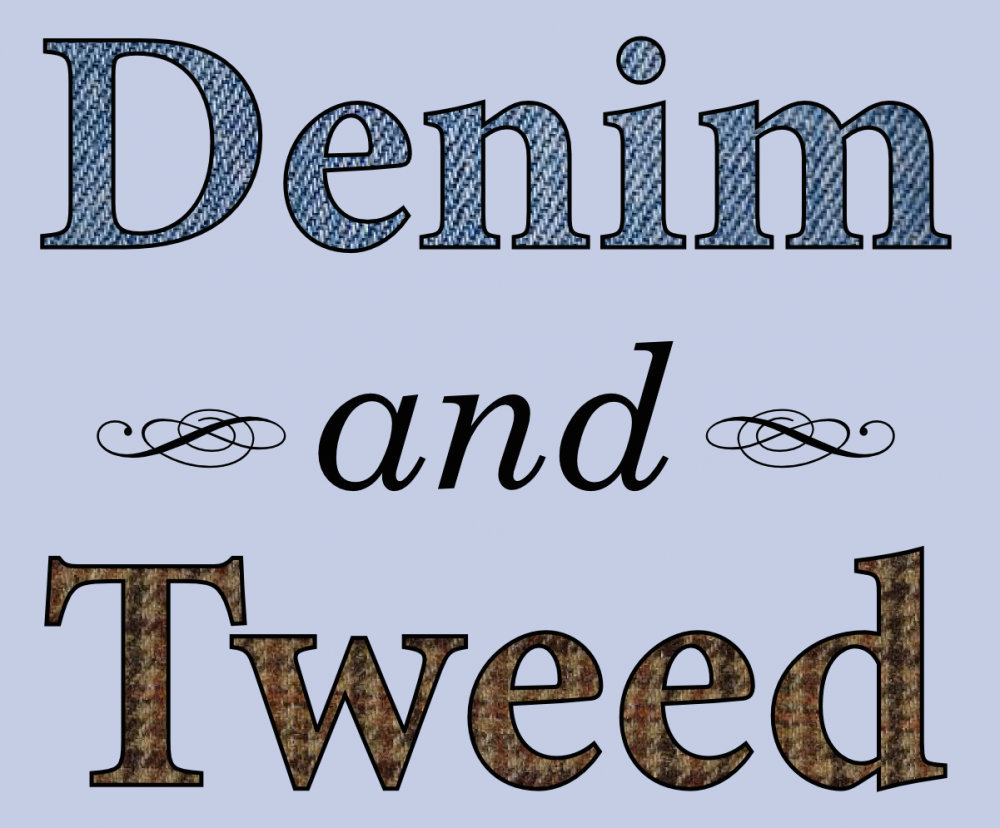 Hmm. Out there looks … familiar. Photo by tom jervis.
Hmm. Out there looks … familiar. Photo by tom jervis.After crunching the traffic numbers yesterday, it’s time to look at the results of my reader survey. With caveats for sample size, it appears my audience looks a lot like me: male, queer, young-ish, North American, English-speaking, and white. Here’s the Google Documents graphical summary of the fifty-four responses. (Or you can inspect the spreadsheet with the raw responses here.) Let’s start with the demographic bullet points I just mentioned:
- Male. Of the 54 respondents, 20% (11) are female and 80% (43) male; no-one identified as transgendered. My readership is less gender-diverse than the current U.S. Supreme Court!
- Queer. Twenty-eight respondents (52%) said they are attracted to the opposite sex, which is a majority—but much less so than in the general population. Nineteen (35%) said they are gay or lesbian; seven (13%) said they are bi.
- Young-ish. A strong majority of respondents said they were either single (23; 43%) or married without children (19; 35%). That squares with the age distribution of respondents, for which the largest group are between 26-30 (16; 30%), and 65% (35) are under age 40. (There’s an interesting bimodality to the age distribution though—there’s a second, smaller peak in the 55-60-year-old bin.)
- North American. Sixty-one percent of respondents (33) are living in the U.S; another 9% (5) are in Canada or Mexico. I’m going to bet most of those are in Canada, based on the next point.
- English-speaking. Eighty-nine percent (48) grew up speaking English. Which makes sense, since that’s the language I write in. This and the previous point also square with Google Analytics results, which find the overwhelming majority of site visitors are from the States, followed by England, Canada, and Australia.
- White. Ninety percent of folks (47) identified as white/Caucasian. More people chose “other” (3) than any of the other racial/ethnic categories I provided.
The folks who answered the survey are also quite well educated—72% (39) are working on or have completed either a Master’s or a Ph.D. More than 74% (40) have some sort of “formal” involvement in science—that is, anything from an undergrad science major to a tenured professor to retired from a scientific job—and a strong plurality (37%; 20) are primarily interested in biology. Under occupations, the overwhelming majority are either currently students (35%; 19) or employed “in my field of interest” (41%; 22).
As I noted at the outset, that profile looks a lot like … me. To some extent, I guess that’s not super-surprising. This is a one-man blog, and it makes sense that it would attract an audience of people most likely to share my interests, who would be most likely to be similar to me in other ways. But, to the extent I’d like D&T to be a public education project, it’s not great that I’m mainly reaching other white, educated, young-ish folks. I shall have to give that some further thought.
The answers provided under “interactions with the site” were, to me, some of the most interesting. A plurality of respondents (35%; 19) said they’ve never shared a link to D&T, and almost two thirds (61%; 33) have never commented on the site. One one level, that looks like there’s a lot of “unengaged” readers out there, but I think it’s an encouraging result. It suggests that the folks who answered the survey are a different group than the readers I know from Facebook, Twitter, or the comments section, and that was a major goal of setting up the survey in the first place.
Although the largest single response to the sharing question was “No, I’ve never shared a link,” the others indicated a lot of link-sharing: on Twitter (30%; 16), Facebook (28%; 15), Google Plus (13%; 7), by e-mail (24%; 13), or in an in-person recommendation (17%; 9). Thanks to all of you! Folks who had commented on posts mainly said they did so to add something (90%, or 10 of those who responded to this question) or to agree with the main point of the post (55%, or 6); folks who had never commented mainly said it was because “I don’t feel I have anything to add” (46%; or 16 of those who responded to that question). That actually tracks pretty well with my own commenting philosophy—I tend to chime in when I have something additional to say or an objection to lodge, but I’m more likely to express agreement or interest in a post by sharing the link, or writing about it in a post of my own, than by commenting.
In terms of topics, an overwhelming majority (85%; 46) read D&T “primarily” for the science. Asked which topics they’d like to see more about, most (46%; 25) also chose science; a number wrote in answers under “other,” but mainly to affirm the current topic mix, which is gratifying. Similarly, there was no single strong response to the question of which topic I should cover less, unless we count “other” with no specific response. (On that one, someone wrote in “DON’T MAKE ME CHOOSE,” which made me chuckle.)
Finally, those folks who wrote in the final “any other thoughts?” box said, basically, a lot of very kind things. I thought about reproducing those comments here, then considered it’d be tooting my own horn a bit much even in the context of this post. So I’ll just wrap up by saying, thanks for reading Denim and Tweed, and thanks for taking the time to tell me what you think of it. Here’s hoping the new year brings more interesting, exciting, and maddening things to write about.
(Also, I’ve taken the suggestion to do something about the way photos display in the RSS feed. It’s been driving me nuts for ages.) ◼
 Bison. Photo by USFWS Mountain Prairie.
Bison. Photo by USFWS Mountain Prairie.








